The Roman military was one of the most formidable fighting forces in the ancient world, and their weapons played a key role in their success. From the early days of the Roman Republic to the end of the Western Roman Empire, the Roman army was known for its advanced weapons and tactics, which allowed them to conquer vast territories and establish a dominant empire.
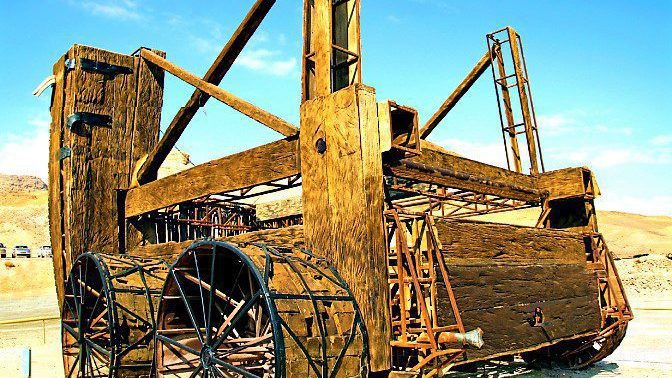
One of the most iconic Roman weapons was the gladius, a short, double-edged sword designed for close-quarters combat. The gladius was 18 and 24 inches long and was made of high-quality steel, making it durable and effective in battle. Secondly, Roman soldiers were trained to use the gladius with precision and efficiency, and the weapon became a symbol of the discipline and training of the Roman army.
Roman Gladius

In addition, the gladius was used in ceremonies and parades, further emphasizing its importance to Roman culture and society. Another vital weapon in the Roman arsenal was the pilum, a type of javelin. The pilum disrupted enemy formations and effectively penetrated armor and shields. The pilum was also designed to bend or break upon impact, making it difficult for enemies to reuse the weapon against the Romans.
The Jewish Revolt Against the Romans
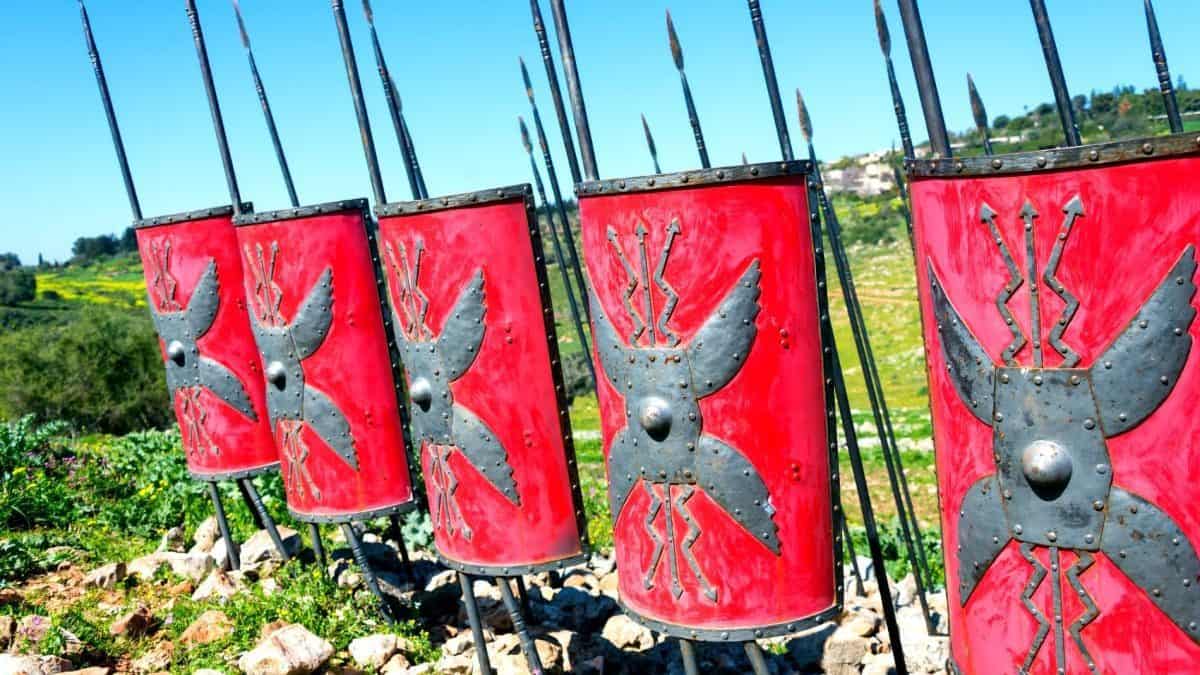
The Roman army also relied on various ranged weapons, including bows, slings, and crossbows. These weapons allowed Roman soldiers to engage their enemies from a distance and provided crucial support in battle. Furthermore, the Romans used siege weapons such as catapults and battering rams to break through enemy fortifications and walls.
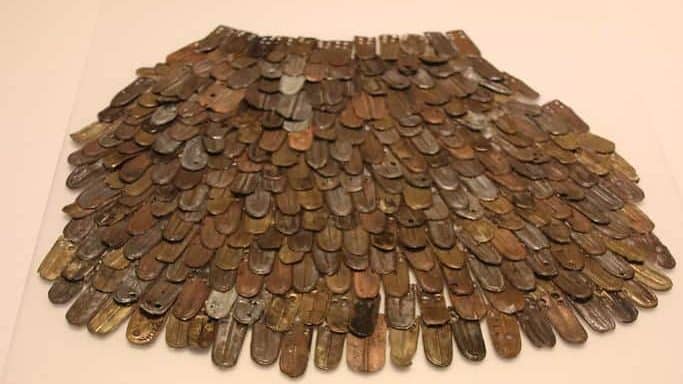
The Roman Army: A War Machine
In addition to their weapons, the Roman army was also known for their advanced tactics and strategy. Roman soldiers were trained in various formations and maneuvers, including the famous testudo formation, in which soldiers formed a tortoise-like shell with shields to protect themselves from enemy arrows and missiles.
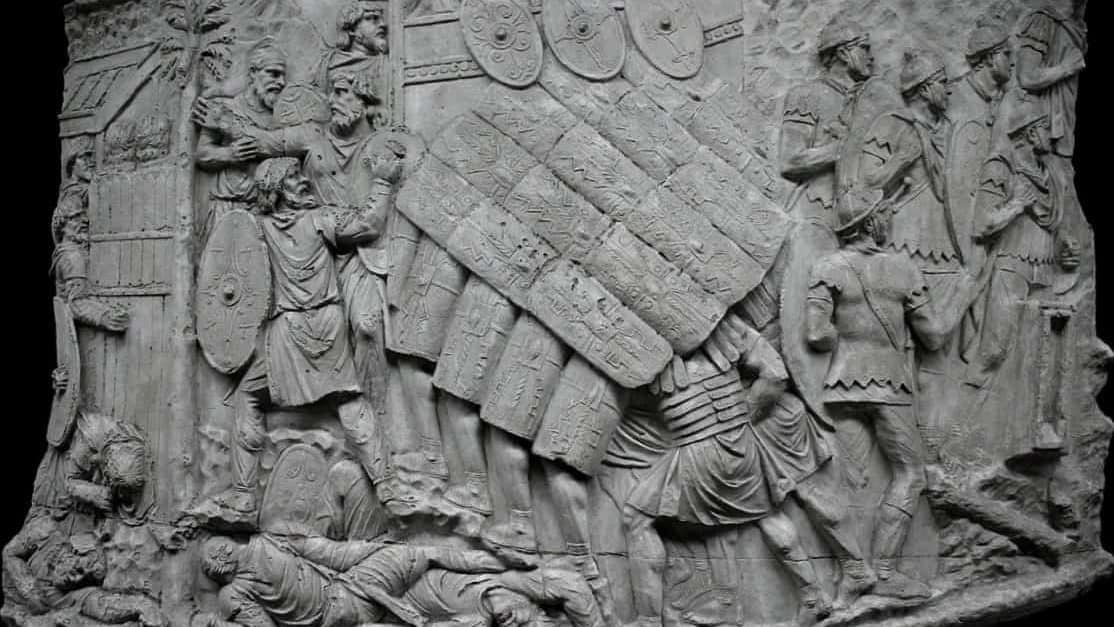
Credit: Cassius Ahenobarbus, CC BY-SA 3.0, via Wikimedia Commons
Roman generals were also skilled in flanking and encirclement, which allowed them to outmaneuver their enemies and gain the upper hand in battle. Despite their success and dominance, the Roman military faced challenges as the empire grew and changed. The Roman army faced new threats and enemies as the empire expanded, including the formidable Gothic and Germanic tribes.
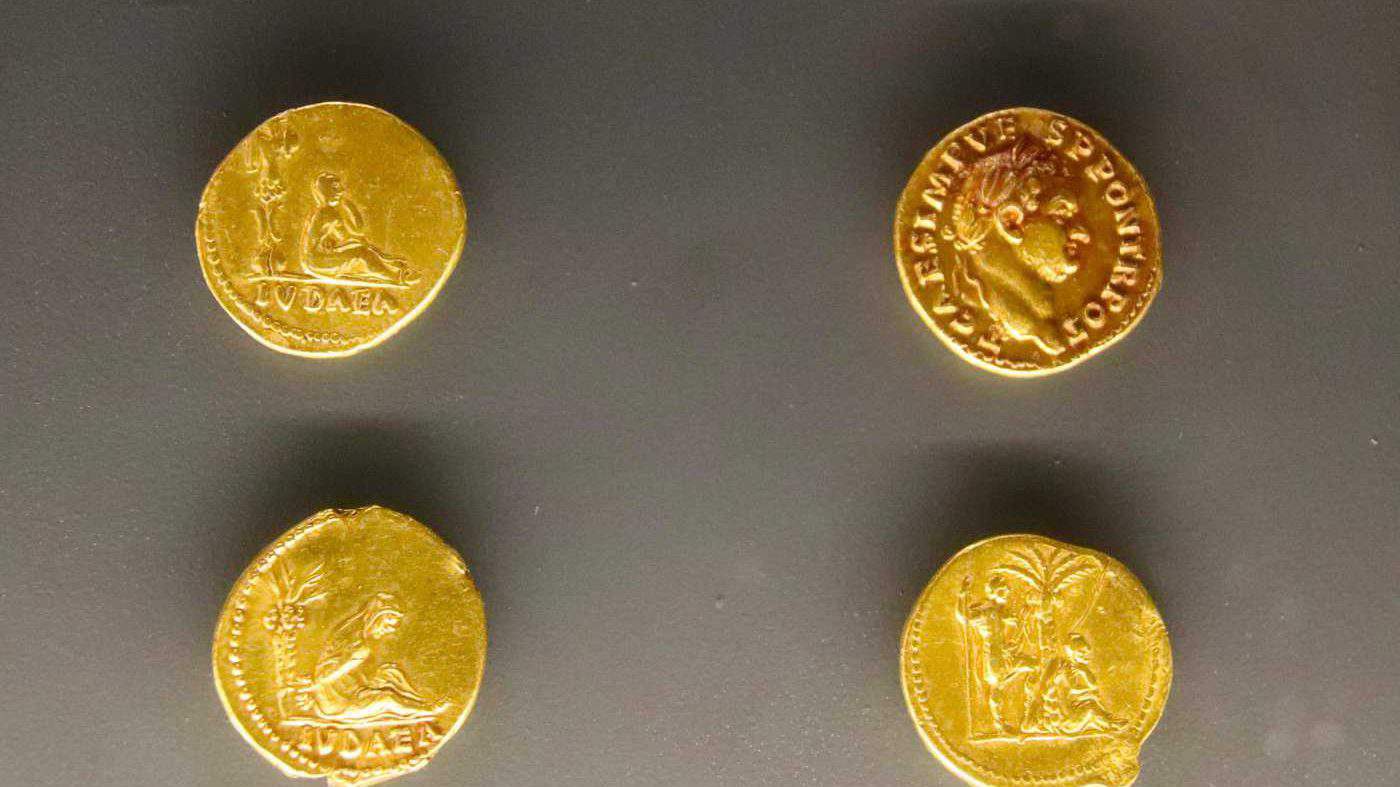
So to adapt to these new challenges, the Roman army began to rely on longer weapons, such as the spatha, better suited for the changing battle tactics. Roman soldiers began to fight more on horseback and at greater distances from their enemies.
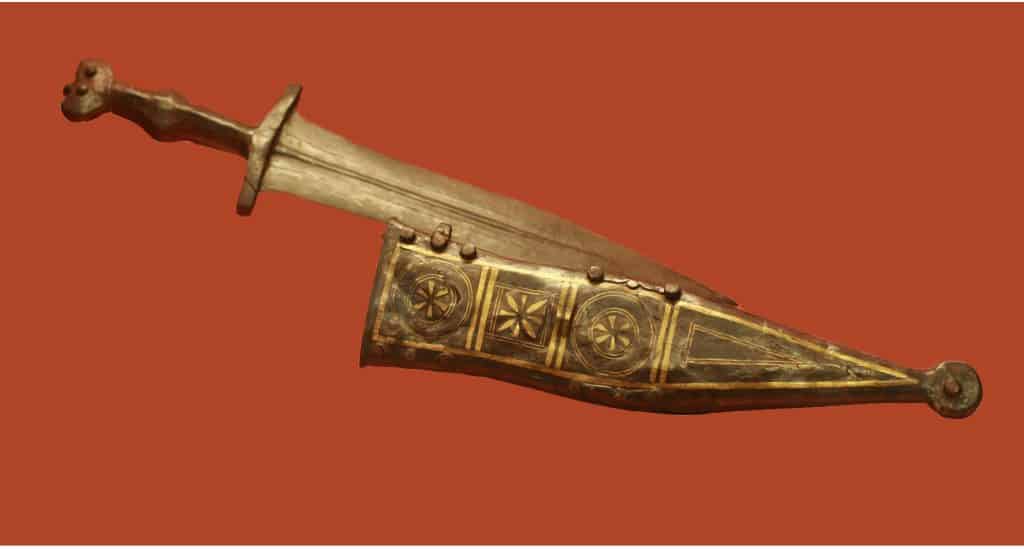
Crdit: MatthiasKabel, CC BY-SA 3.0, via Wikimedia Commons
In conclusion, the weapons and tactics of the Roman military were key to their success and expansion. From the gladius and pilum to the testudo formation and siege weapons, the Roman army was known for its advanced weapons and tactics, which allowed them to conquer vast territories and establish a dominant empire. The legacy of the Roman military and its weapons continues to be remembered and celebrated today.







